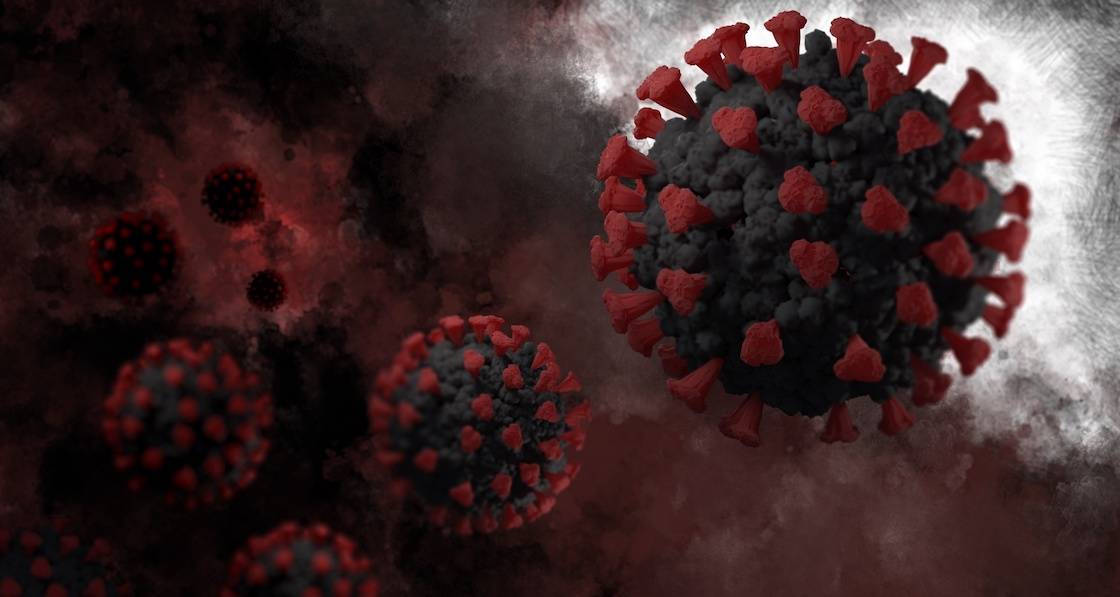
- coronavirus
- Posted
Exclusive: WHO to issue ventilation guidance on airborne spread of Covid-19
The World Health Organisation is set to imminently publish revised guidance on ventilation as part of its Covid-19 infection prevention and control (IPC) guidance in healthcare settings, Passive House Plus has learned.
The agency made the revelation in response to questions from Passive House Plus, the next issue of which will include a feature on the risk of airborne spread of Covid-19 in buildings.
Passive House Plus questioned the agency about apparent contradictions in WHO advice – which in some instances states categorically that Covid-19 is not airborne, while elsewhere warning against the risk of airborne spread in airborne precaution rooms, and issuing Covid-19 guidance specifying extremely high ventilation rates in hospital wards. A WHO spokesperson said the agency expected to publish revised guidance on ventilation and IPC by the end of this week. To view the current WHO guidance click here.
The agency issued a statement to Passive House Plus, detailing the current WHO position on airborne transmission, which has been devised after regular consultation with a group of more than 30 international experts in the fields of infectious diseases, epidemiology, public health and infection prevention and control. “So far, the large majority of these experts have not judged the existing evidence sufficiently convincing to consider airborne transmission as having an important role in COVID-19 spread,” the WHO stated.
The WHO position contrasts with an emerging consensus among aerosol scientists, who contend that the evidence indicates that airborne spread of Covid-19 is a significant risk factor for transmission of the virus, particularly in poorly ventilated, crowded enclosed spaces. Replying to Passive House Plus in May, Linsey Marr, Charles P. Lunsford Professor in the Department of Civil and Environmental Engineering at Virginia Tech, said: “I don't think we can rule out airborne transmission of COVID-19, especially in close contact situations and in spaces with poor ventilation for the number of people present. In fact, there is mounting evidence that airborne transmission is occurring. There isn't actually any direct proof of transmission by large droplets either.”
This article is a developing story, and will inform a substantial feature article in the summer issue of Passive House Plus.
The WHO statement in full:
“We continue to learn about this virus as research evolves. WHO carefully monitors emerging evidence every week or more frequently and evaluates whether to change information or guidance provided in collaboration with hundreds of experts from around the world. On the critical topic of modes of transmission of the COVID-19 virus we are indeed updating our scientific and guidance documents. However, precision in use of terms matters, and thus it is important to clarify that so far there is no evidence of “transmission” of the virus as an airborne pathogen (such as TB). This is different from finding the virus in air samples or showing that aerosol particles can be generated from bigger droplets when people cough, sneeze or talk loudly. This is what was found, and not the demonstration that this causes airborne transmission of the virus. Furthermore, the presence of the virus RNA fragments in air samples in clinical studies does not mean that the virus is viable and able to replicate and infect another individual.
There is no clinical demonstration of airborne transmission of COVID-19 in absence of AGPs (aerosol-generating procedures). Some studies in clinical settings with COVID-19 patients not undergoing AGPs found the virus RNA in air samples (but the viral copy number was very low in most cases and viable virus was not isolated), whereas other studies in similar settings have not. Furthermore, the COVID-19 virus reproduction number according to epidemiological and modelling studies in various countries does not indicate a typically airborne pattern of transmission. The occurrence of airborne transmission would have resulted in many more cases and even more rapid spread of the virus.
WHO convenes a group of more than 30 international experts in the fields of infectious diseases, epidemiology, public health and infection prevention and control, with whom we review the evidence and meet via teleconference every week. So far, the large majority of these experts have not judged the existing evidence sufficiently convincing to consider airborne transmission as having an important role in COVID-19 spread. Thus, they have repeatedly advised WHO not to change our recommendations. Would stronger evidence emerge, we will reconsider them and change if appropriate for a global perspective that needs to evaluate several implications.”
Related items
-
 King of the castle
King of the castle -
 Energy poverty and electric heating
Energy poverty and electric heating -
 New Ejot profile cuts thermal bridging losses by 25mm insulation equivalent
New Ejot profile cuts thermal bridging losses by 25mm insulation equivalent -
 Build Homes Better updates Isoquick certification to tackle brick support challenge
Build Homes Better updates Isoquick certification to tackle brick support challenge -
 #BuildingLife Series: Director at CORA Consulting Engineers, John Casey
#BuildingLife Series: Director at CORA Consulting Engineers, John Casey -
 September’s AECB environmental construction conference seeks to spark debate among industry experts
September’s AECB environmental construction conference seeks to spark debate among industry experts

